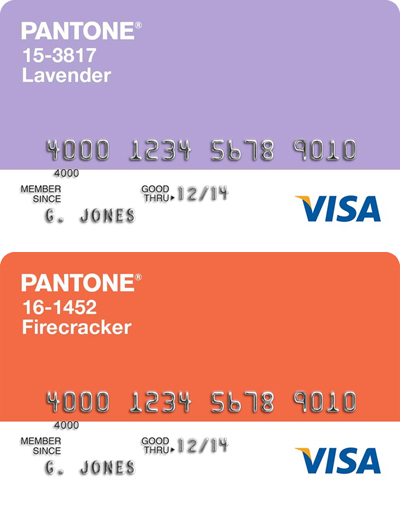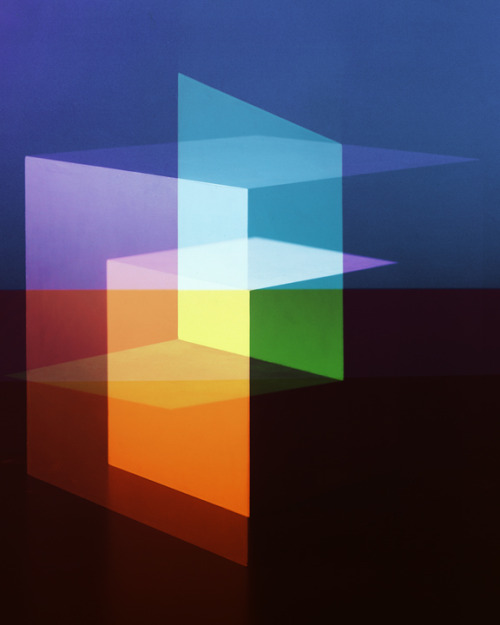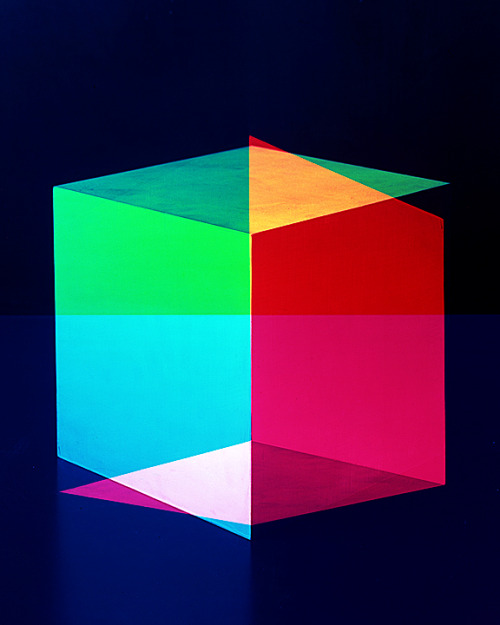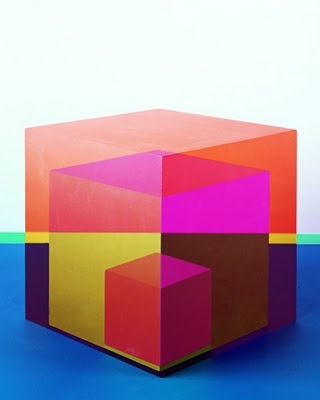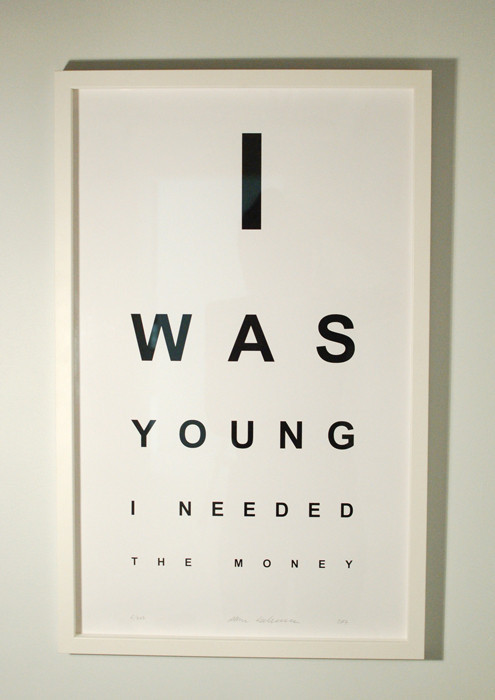Tuesday 13 December 2011
Tuesday 6 December 2011
Thursday 1 December 2011
PANTONE credit cards
Visa® platinum rewards cards are now available in five different
color swatches selected from PANTONE's spring 2011 fashion color report.
dmvA: blob VB3
blob VB3
design: dmvA
principal: rini van beek/ xfactoragencies
team: david driesen, tom verschueren, thomas denturck
location: anywhere/ mobile
general contractor: AD&S thomas denturck
constructional engineer: AD&S
built area: 20 m2
completion 2009
Tuesday 29 November 2011
Mixed colours
Love these. The colour swatches work really well and I like the how the transparency is set on some of the colours.
Thursday 24 November 2011
National Geographic.
Cant believe the definition you can get.
www.topdesignmag.com/50-images-from-national-geographics-2010-photo-contest/
Monday 21 November 2011
End of Module Self-Evaluation OUGD403
- What skills have you developed through this module and how effectively do you think you have applied them?
I started off using new improved skills when I used Illustrator to create my three posters. I traced images directly using the pen tool instead of hand tracing images and digitally rendering them. The effect looked a lot better for what I wanted to do.
I'm really glad I have taken advantage of the laser cutter. Luckily I decided to get involved and have an induction which meant I was able to use it in my proverbally yours brief and made a set of stamps.
Having a specialised printing room on the bottom floor has made me more aware of the stocks that work well with my work and I think this skill of selecting different stocks has improved. I now think carefully with an open mind about what I am going to print on before I print it.
My typography skill has really improved. Before I came here I had not done any work related to creating typography and even though I think my typeface briefs could be improved I am still satisfied with what I have produced.
- What approaches to methods of idea generation have you developed and how have they informed your design development process?
- What strengths can you identify in your work and how have/will you capitalise on these?
- What weaknesses can you identify in your work and how will you address these in the future?
I am going to force myself to re do work if it is not to the best standard along with not jumping into an idea without knowing I have exhausted my design sheets.
- Identify five things that you will do differently next time and what do you expect to gain from doing these?
I will do more contextual research when I am designing so that I am more informed in design. So far I have been blogging lots of different design I like but not utilising it when doing my own practice. I think this will make my work more professional.
I am also going to try and interpret the briefs differently in a way which will allow me to be more creative. Trying to read between the lines I guess. When I read the brief sometimes I panic without reading it properly without understanding what potentially I could do.
I will re design different pieces of work I create in the future to see if they can be improved. I think this will improve my design as developing ideas will create better design and if it doesn't then I will not have lost anything.
I will organise my time more efficiently. I think this will allow me to create more work to a higher standard; example, booking printing slots in the prints rooms so that I am not panicking about printing my work.
Sunday 20 November 2011
Friday 18 November 2011
Rudi De Wet
Rudi de Wet is a South African illustrator, typographer and graphic designer.
Very nice examples of typography. I like how the typeface feels hand drawn but rendered digitally. Again Rudi De Wet.
Subscribe to:
Posts (Atom)






